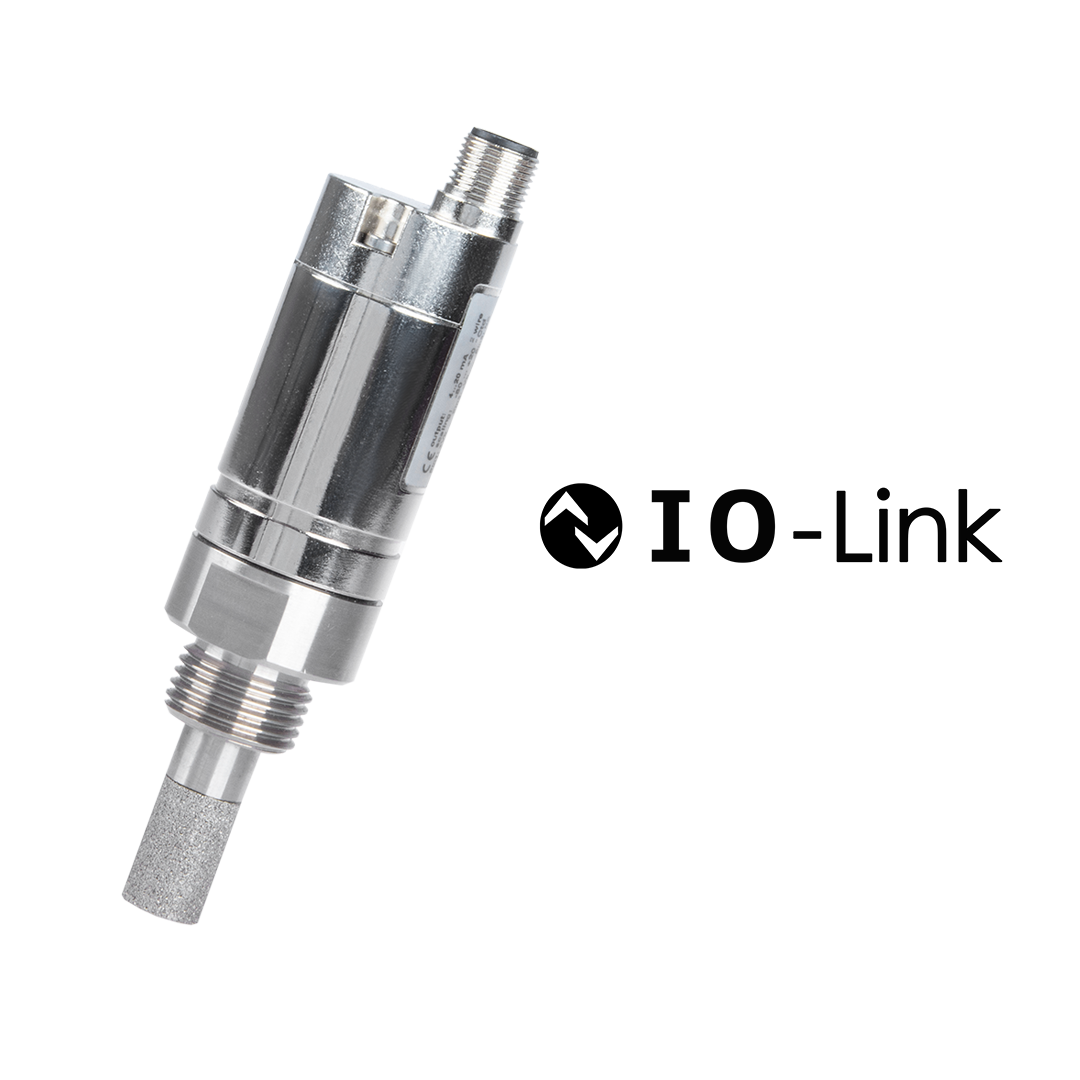
FA 510/515 - Dew point sensor for adsorption dryers
For residual moisture measurement after desiccant dryers/ membrane dryers from -80 to 20°Ctd. New: with Modbus-RTU interface.
Desiccant dryers are used wherever extremely dry compressed air < -40°Ctd is required. Desiccant dryers usually consist of two Dry containers that are filled with desiccant.
While the drying process takes place in one container in which the moisture is removed from the compressed air flowing through it by the adsorbent, the moisture is driven out of the desiccant again in the second container by compressed air that has already been dried.
The back and forth change of Dry containers was realised over a long period of time by a time control. A regeneration cycle of 10 min was typical, i.e. 5 min adsorption, 4 min desorption, 1 min pressurisation. In this example, the regeneration air requirement is usually 14-15 % of the total amount of compressed air generated and is to be seen as a loss of compressed air in time-controlled systems. With a fixed time control that does not take into account the amount of compressed air consumed, regeneration air is constantly consumed and energy is wasted unnecessarily in the partial load range.
With the FA510 Pressure dew point measuring system, it is possible to precisely determine the actual load status of the compressed air network, even under rapidly changing conditions. The humidity sensor detects the actual Pressure dew point and thus directly monitors the load condition of the desiccant. If the switching point is set to the limit value -40 °C Pressure dew point of the desiccant dryer, the switchover is load-dependent. This means that a large proportion of the regeneration air can be saved.